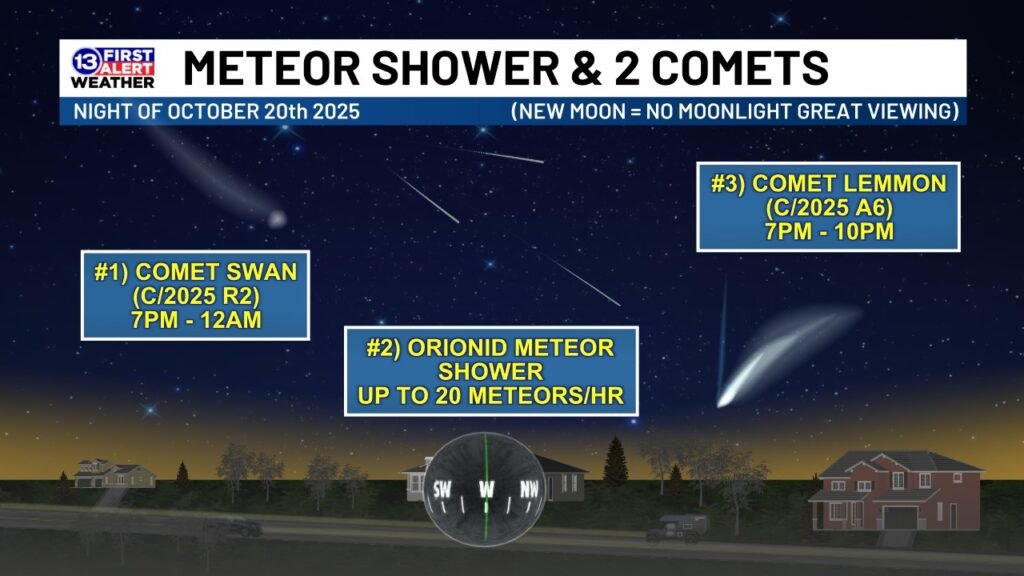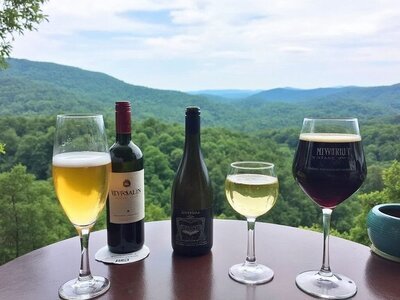Blog/Experiences
The Violet: A Flower of History, Myth, and Beauty

The violet, with its delicate petals and vibrant hues, has enchanted admirers for centuries. More than just a fleeting bloom, this remarkable flower—thriving across woodlands, meadows, and gardens of the Northern Hemisphere—carries a rich legacy steeped in mythology, folklore, and quiet resilience. In the Southern Shenandoah Valley, where spring arrives early and violets linger well beyond Summer, their enduring presence sets them apart from other flowers. The violets' captivating history, rich symbolism, and endearing nicknames reveal a world with much to explore.
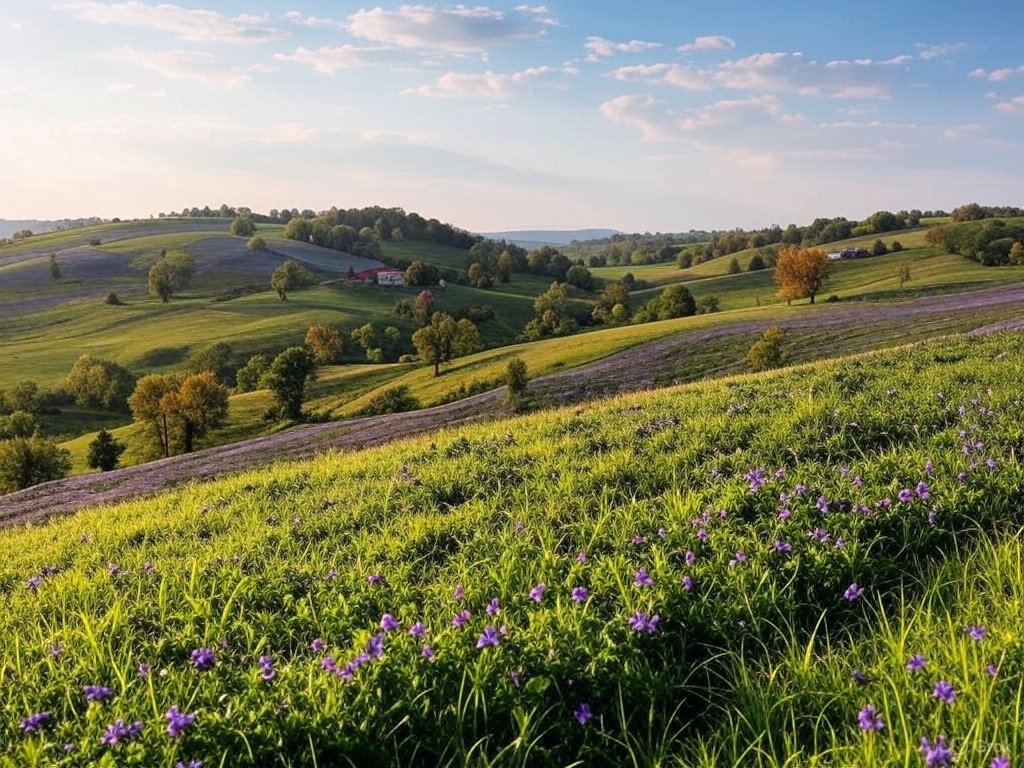
A History of Cultivation
Violets (Viola spp.) have been cherished for millennia, their delicate blooms weaving a thread through human history. In ancient Greece, violets adorned altars and wedding ceremonies, symbolizing love and modesty, with a special reverence in Athens, where they were linked to the city’s patron goddess, Athena. The Romans, too, held violets in high esteem, infusing them into wines for a floral note and brewing them into remedies for headaches and melancholy, as noted in Pliny the Elder’s writings. By the early 19th century, violets had blossomed into a European obsession, igniting a floral craze that captivated the continent. Parma violets (Viola odorata), prized for their intoxicatingly sweet fragrance and doubled lavender blooms, flourished in regions like Parma, Italy—where they likely originated—Toulouse, France, and Kent, England, as well as in Germany’s Black Forest, the Netherlands, and southern Russia. In Toulouse, violet fields stretched across the countryside, their blooms harvested for Victorian bouquets and corsages that adorned royalty, from Queen Victoria herself to Russian tsarinas, cementing their status as a symbol of elegance and sentimentality.
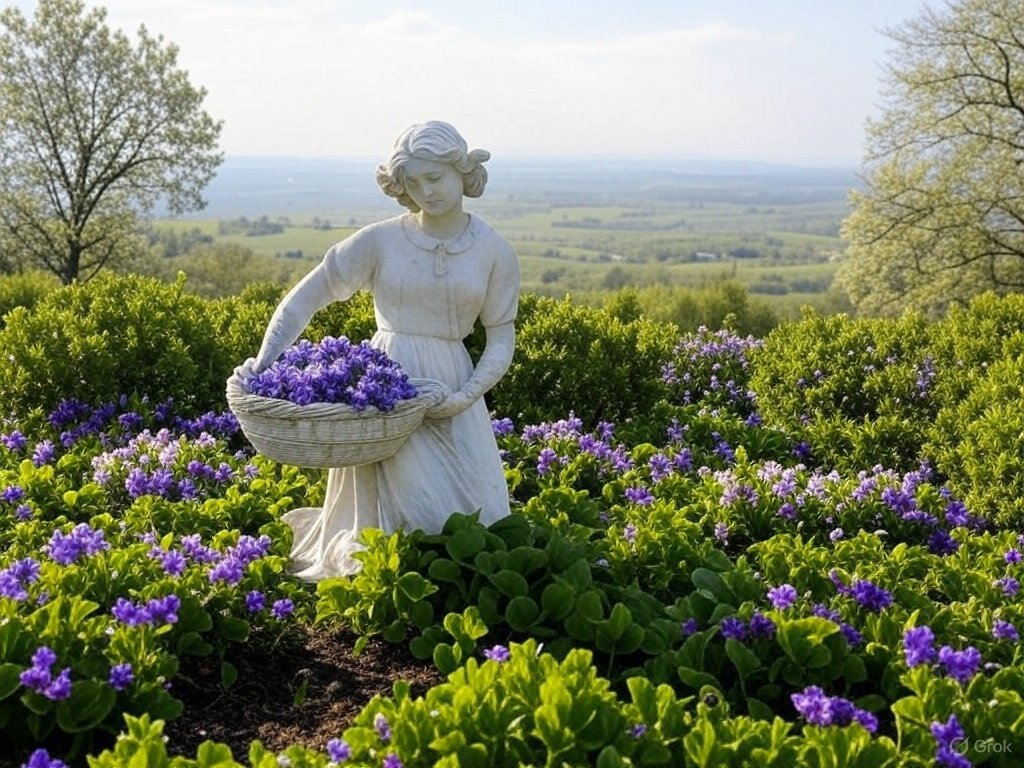
The Victorian Era's Fascination with Violets (1837–1901)
The Victorian era ushered in a golden age for violets, as these unassuming flowers bloomed into emblems of the period’s romantic ideals and moral virtues. They became a cherished staple in bouquets, corsages, and intricate floral arrangements, adorning everything from royal weddings to intimate parlors across Europe. The era’s fascination with floriography—the language of flowers—cast violets as potent symbols of modesty, humility, and constancy, resonating deeply with Victorian values of fidelity and virtue. Their popularity soared through several key moments:
- 1837: Violets emerged as a fashionable choice for courtly bouquets, often paired with lace and velvet, as Queen Victoria’s reign began, setting a trend among the aristocracy.
- 1850s: Floriography reached its peak, with violets becoming a favored motif in sentimental gifts and love tokens, their delicate blooms whispering messages of modesty and humility.
- 1870s: The sweet scent of violets fueled a surge in violet-based perfumes, crafted in cities like Parma and Toulouse, further cementing their allure among the fashionable elite.
- 1901: Though still beloved for bouquets and arrangements, violets began to wane in popularity as the Victorian era closed, overshadowed by the rising allure of more exotic blooms like orchids.
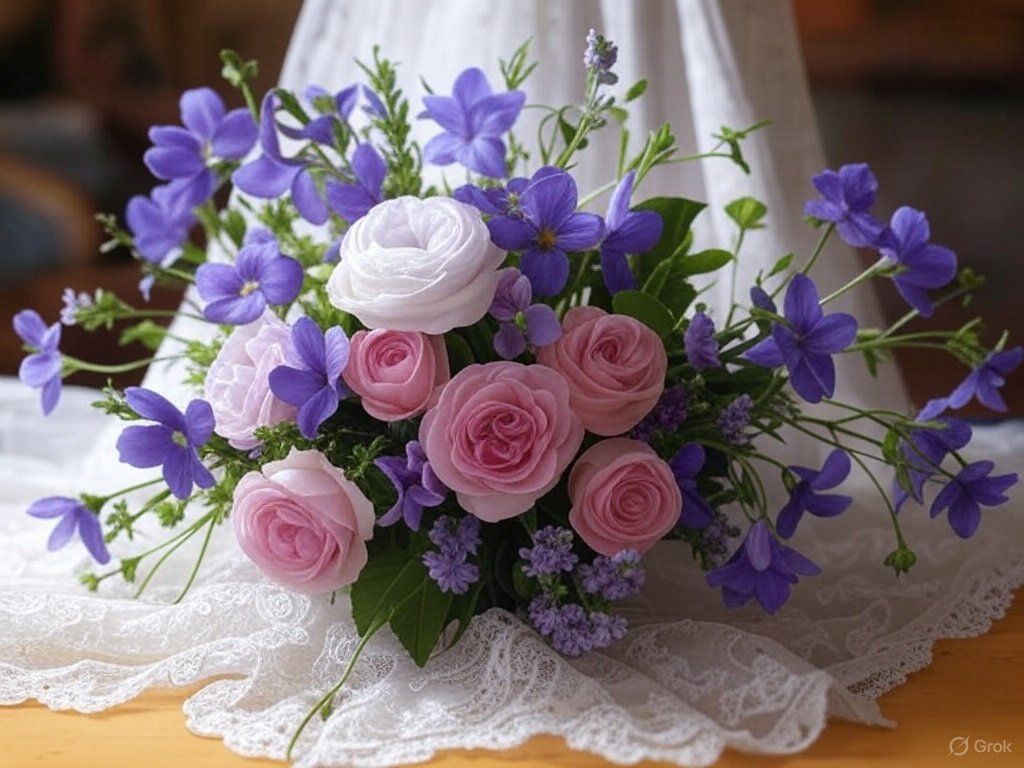
America: Hudson Valley and Beyond
In America, violets carved out a legacy as enduring as the landscapes they adorned, their delicate blooms capturing hearts from coast to valley. From the late 1800s to the mid-1900s, New York’s Hudson Valley earned the title "Violet Capital of the World," its fertile fields yielding vast quantities of violets for Valentine’s Day bouquets and wedding garlands, a testament to the flower’s romantic allure. Yet by the mid-20th century, the rise of lilies of the valley dimmed their star, relegating violets to a quieter role in the floral industry. Today, the Southern Shenandoah Valley has blossomed into a new haven for violet enthusiasts, where wild patches thrive alongside cultivated fields, their blooms cherished by local farms as a specialty crop for floral arrangements, crafts, cosmetics, perfumes, and an array of violet-infused delicacies. Notable milestones in America’s violet journey include:
- 1880s: The Hudson Valley emerged as a powerhouse in violet production, its greenhouses and fields supplying blooms to New York City’s bustling floral markets, cementing its reputation as a global leader.
- 1900s: Violets reached their peak in the Hudson Valley, grown in abundance for Valentine’s Day and weddings, their soft purple hues a symbol of love and devotion in early 20th-century celebrations.
- 1950s: Lilies of the valley surged in popularity, their elegant white bells overshadowing violets and leading to a decline in cultivation, as florists sought new favorites for modern tastes.
- 2000s: The Shenandoah Valley rose as a vibrant hub for violet appreciation, with wild violets dotting the landscape and local farms cultivating them for diverse uses, from floral crafts and perfumes to culinary creations like violet jellies and salads, reviving the flower’s legacy in a new era.
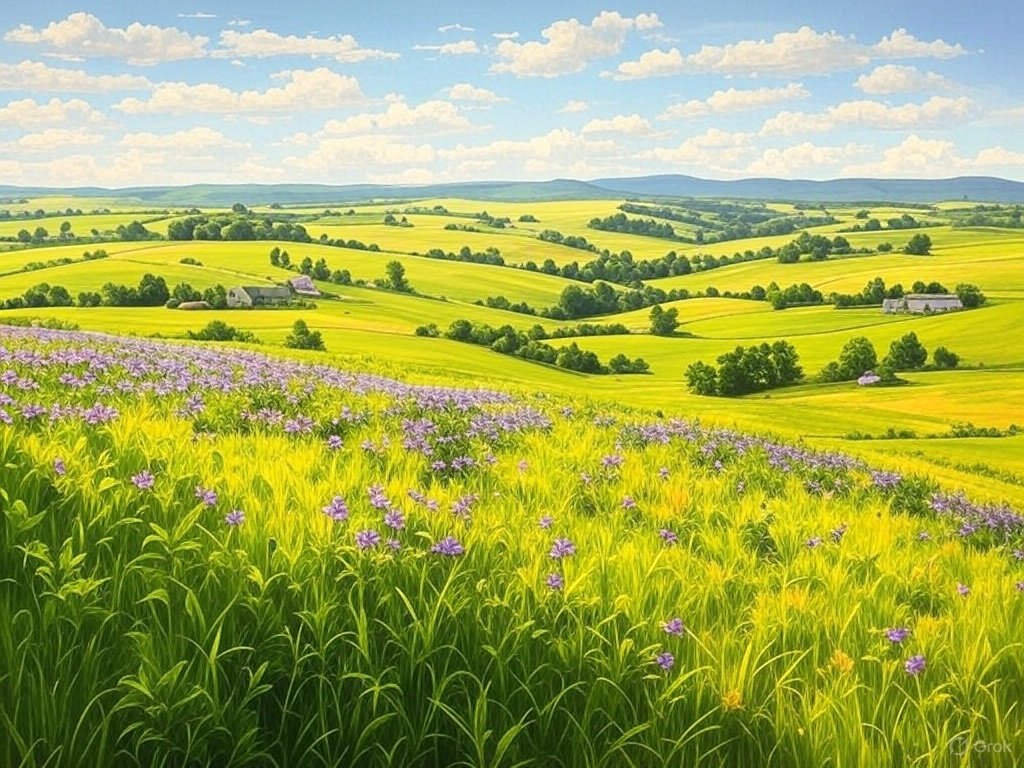
Myths and Legends – Violets bloom with timeless tales:
- Greek Mythology: Persephone was gathering violets when Hades stole her away, linking the flower to spring’s rebirth.
- Roman Mythology: Venus turned maidens into violets after a beauty quarrel with Cupid, marking them as tokens of love.
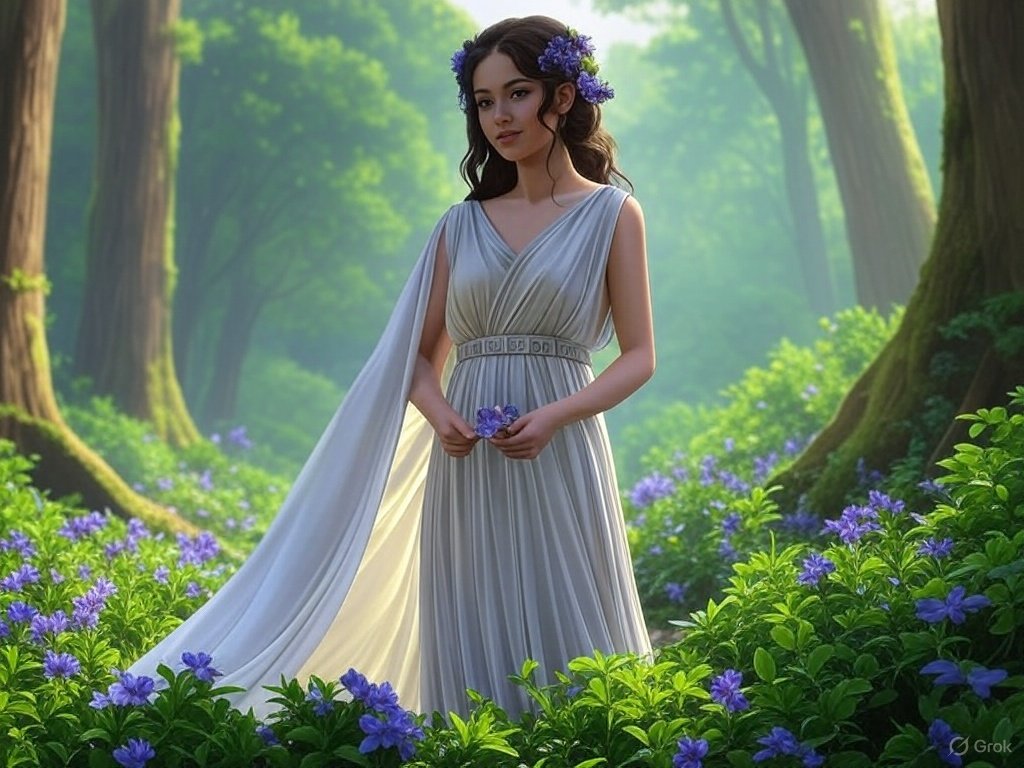
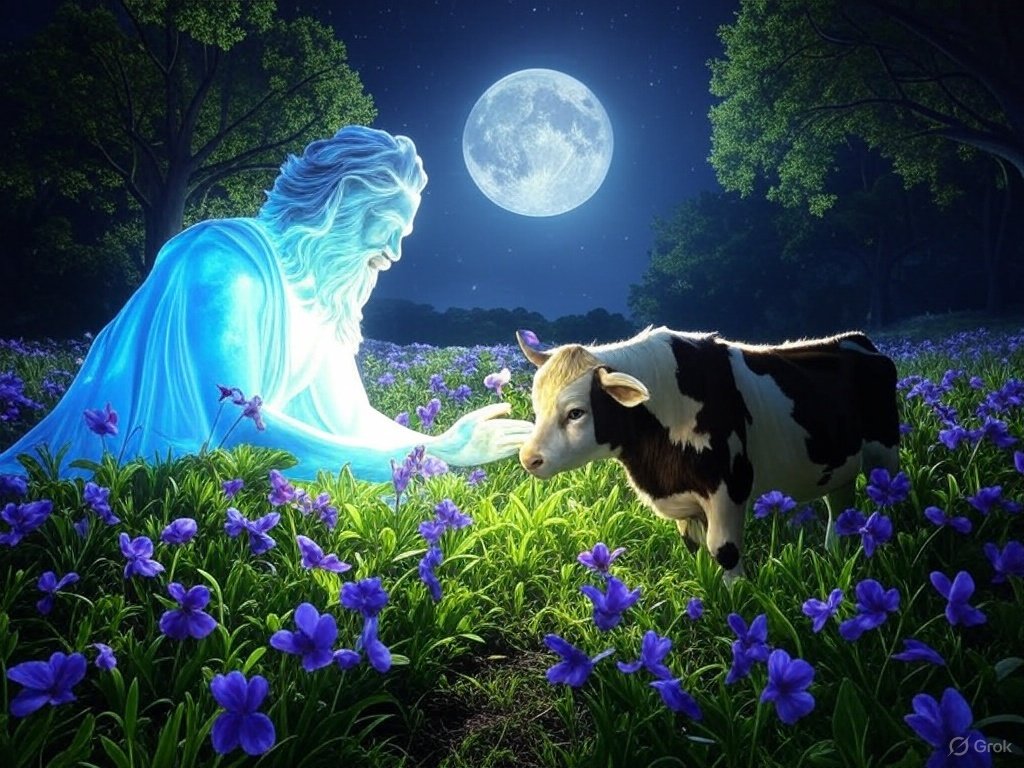
- Zeus and Lo: In Greek mythology, Lo was a mortal priestess and lover of Zeus. To shield her from Hera’s jealousy, Zeus transformed her into a heifer. When Lo wept, Zeus created violets from her tears to provide her with a gentler food than coarse grass.
Christian Tradition and Symbolism – In Christian tradition, violets are often seen as a symbol of humility, modesty, and faithfulness. The heart-shaped leaves of the violet plant are said to represent the heart of Christ, and the flower is often associated with the Virgin Mary. Violets are also sometimes used in Christian art and literature to represent the virtues of humility and modesty.
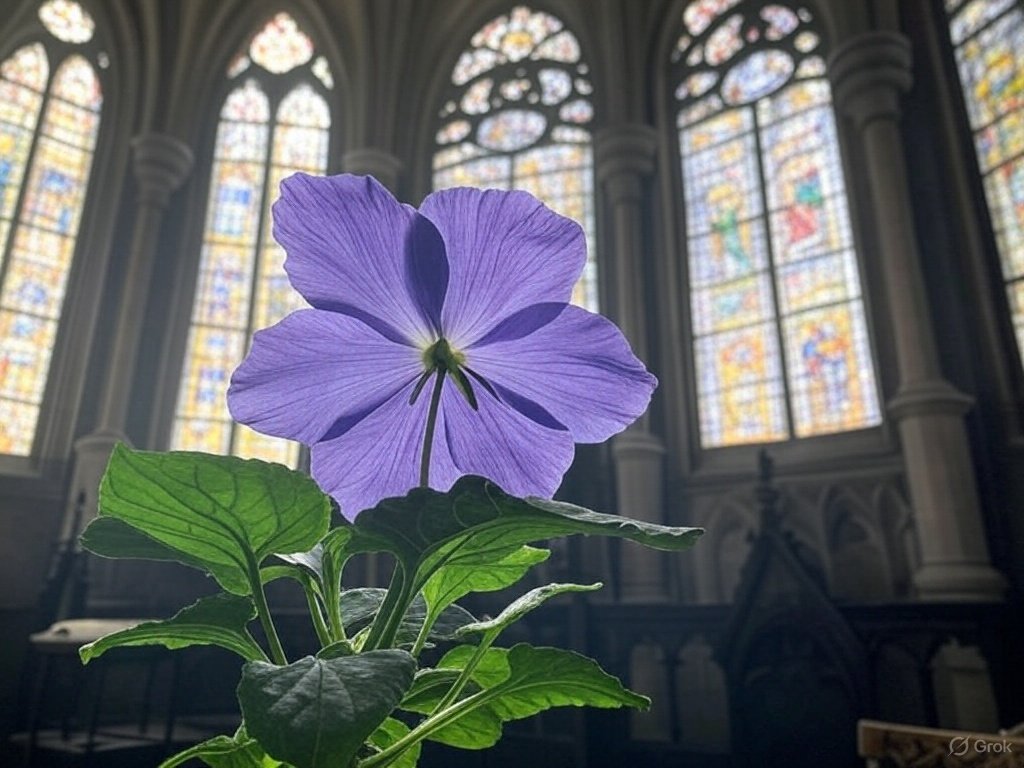
A Flower by Many Names
With over 200 common names, violets have gathered a bouquet of nicknames:
- Heart’s Ease: A tribute to their heart-shaped leaves and their soothing association with love and comfort.
- Johnny Jump-Up: A cheer for their stubborn resilience, as they spring up in the most unexpected places.
- Love-in-Idleness: Shakespeare’s gift from A Midsummer Night’s Dream, where violets cast a spell of enchantment in fairy-haunted woods.
- Blue Beauty: A salute to their striking purple-blue shades that captivate the eye.
- Fairy’s Veil: A nod to folklore, where violets were said to cloak fairies from human sight in ancient meadows.
- Modesty’s Mirror: A Victorian favorite, reflecting the flower’s symbolic humility in the language of floriography.
- Spring’s Herald: A name celebrating their early blooms, often the first to whisper of spring’s arrival.
- Poet’s Muse: An homage to their inspiration in verses, from Sappho’s odes in ancient Greece to Tennyson’s Victorian lines.
In the Shenandoah Valley, these names ring true as violets dot the landscape, their blooms stretching from late winter to early fall, a testament to their remarkable endurance and beauty.
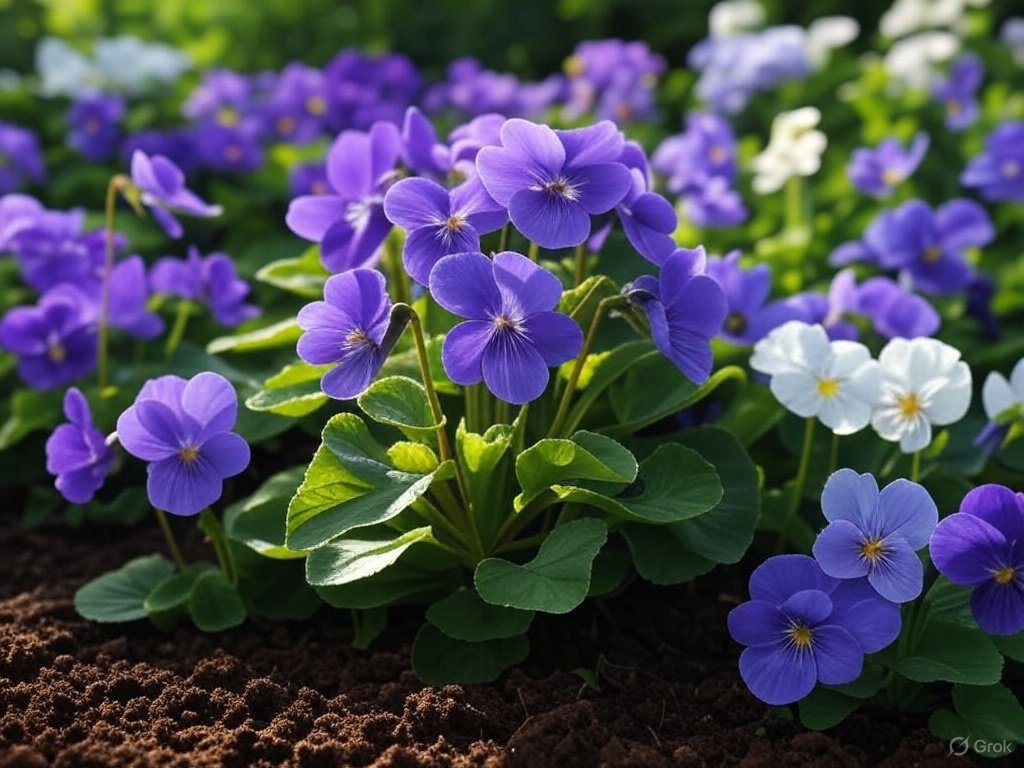
Colors and Culinary Charm – Violets dazzle in a range of colors:
- Purple/Violet: The classic shade tied to their name.
- Blue: A softer tone often seen in wild patches.
- White: Elegant blooms with faint purple veins.
- Yellow: A rare but radiant treat.

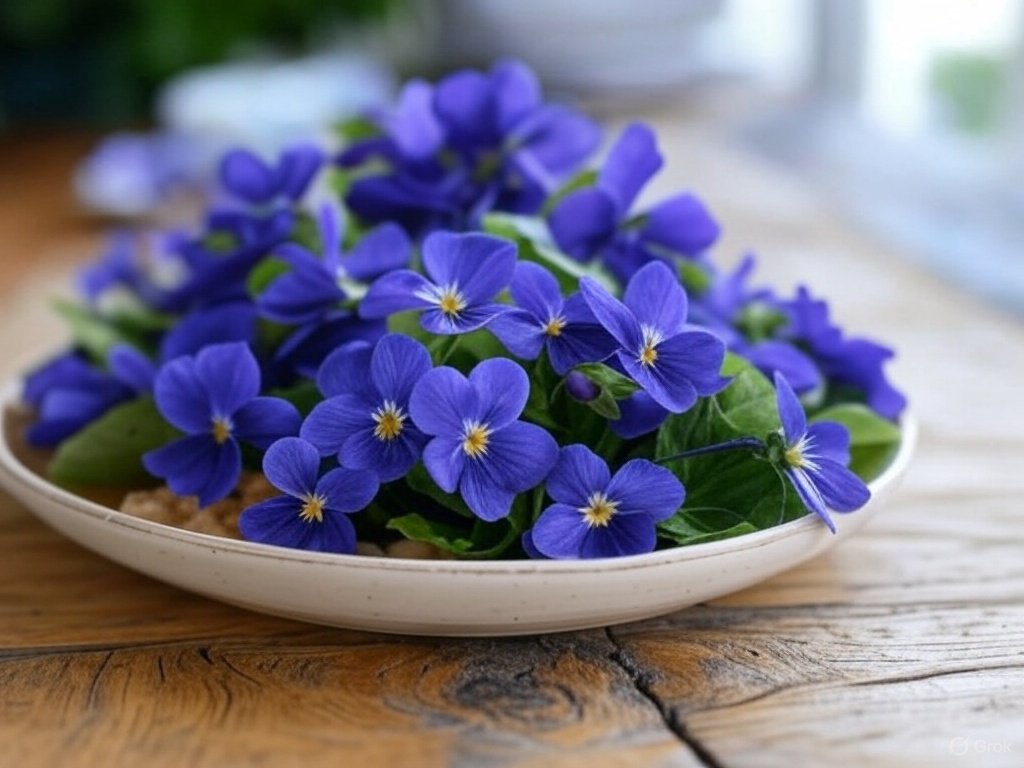
Edibility – Violets are not only beautiful, but also edible. The flowers, leaves, and stems of the violet plant can be used in a variety of dishes, from salads to desserts. The flowers can be used as a garnish, or candied to make a sweet treat. The leaves and stems can be used in soups, stews, and salads, and can be cooked like spinach. Violets are rich in vitamins A and C, and contain other nutrients like potassium and iron. They have been used in traditional medicine for centuries, and are still used today to make teas, tinctures, and other remedies.
Some popular ways to use violets in cooking include:
- Adding fresh violet flowers to salads or using them as a garnish to add a delicate, floral flavor and a pop of color.
- Candying violet flowers to make a sweet treat, such as candied violet petals or violet-infused sugar.
- Making violet tea by steeping the flowers and leaves in hot water to create a soothing, herbal tea.
- Using violets as a natural thickening agent, similar to okra or cornstarch, to add a rich, velvety texture to sauces and stews.
- Incorporating violet leaves and stems in nearly any dish to add fresh flavor and a boost of nutrients.
Disclaimer – While violets are edible and can be used in a variety of dishes, it's essential to note that they can be misidentified as other plants that may be toxic. Unless you are absolutely sure of the identity of the plant, it's best to avoid eating it. Some plants that resemble violets, such as lesser celandine (Ranunculus ficaria), can be toxic and cause adverse reactions. Before using violets in cooking or medicine, please consult with a qualified healthcare professional or a trusted field guide to ensure safe and proper use.
African Violets: A Pretty Flower, but a Completely Different Breed – African Violets (Saintpaulia spp.) share the name but not the family. Native to Tanzania and Kenya, these tropical plants belong to Gesneriaceae, not Violaceae. They thrive indoors as houseplants but are toxic and should not be ingested. Deep purple and strikingly beautiful, African Violets have been popular since the 20th century, outside their natural habitat, as house plants, but they lack the edible charm and historical weight of true violets.
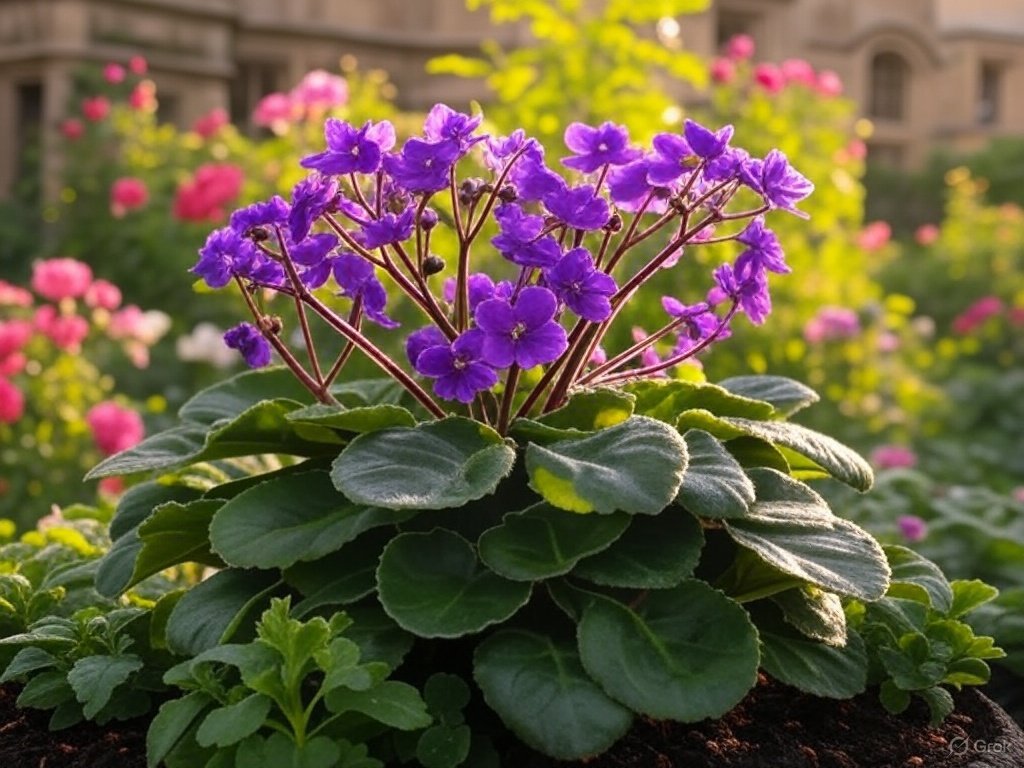
Violets in the Southern Shenandoah Valley – The Southern Shenandoah Valley is home to a stunning array of wild violets, which typically begin their emergence in late winter and continue to bloom throughout the growing season, often persisting well into the fall. The region's mild climate and fertile soil make it an ideal place for violets to thrive. Find them growing in shaded woodlands, along quiet paths, and in gardens throughout the Valley. Local farms cultivate violets for use as specialty crops, while also preserving and promoting the appreciation of wild violets. For both locals and visitors, violets emerge as cherished companions, their enduring blooms a radiant emblem of nature’s beauty and renewal.
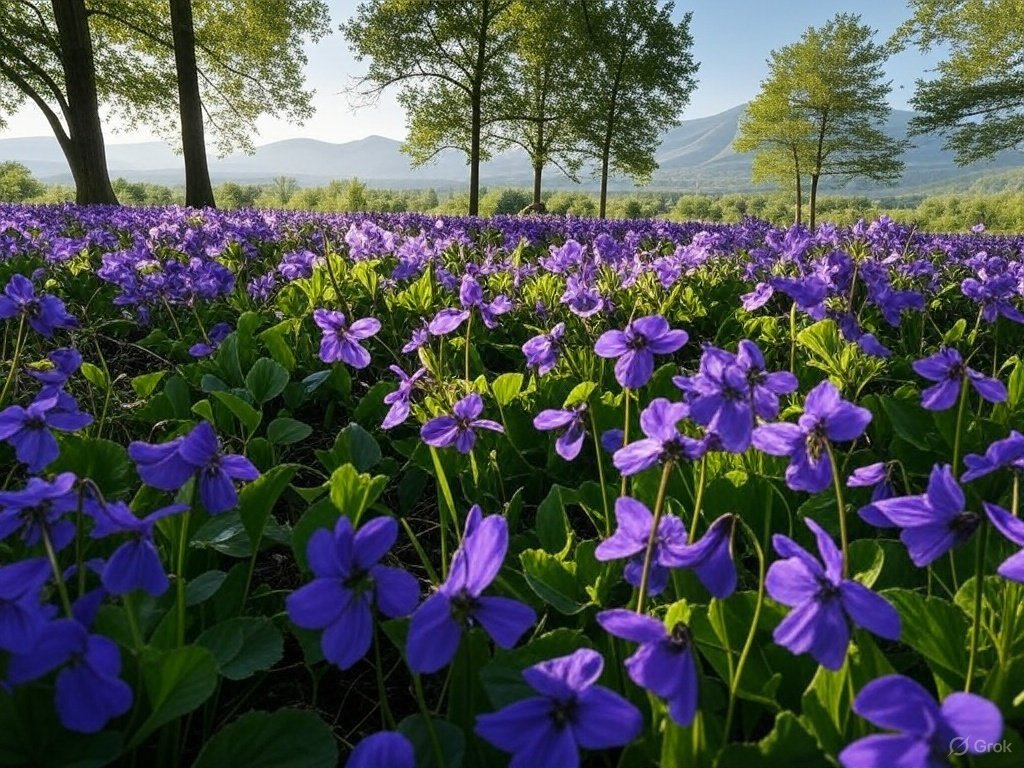
A Timeless Bloom – The violet is more than a flower—it’s a thread connecting ancient myths, Victorian elegance, and modern-day wonder. From Persephone’s fields to the Southern Shenandoah Valley’s meadows, it embodies love, modesty, and endurance. Whether admired for their beauty, savored in a dish, or spotted on a walk, violets hold a cherished place in nature and human hearts. In this region, where they bloom early and linger long, they’re a quiet invitation to savor the Southern Shenandoah Valley’s charm—one enduring petal at a time.

